Tales of Zestiria review
Thought The Witcher was too po-faced? You’ll wanna try this JRPG

Some people think that Japanese RPGs start and end with Final Fantasy. Others can recite their top five Dragon Quest combat systems from memory. For every series that goes supernova on a global scale, there are plenty more that deserve the same nerdish devotion from Westerners – starting with the Tales Of… franchise.
This is one of the best you’ve probably never heard of, but don’t fret about it. Tales Of Zestiria marks the perfect chance to jump aboard this long-running bandwagon. It’s the 15th main instalment in the series and the first to grace current-gen consoles. So come on, what are you waiting for?
Get wise: Armatise
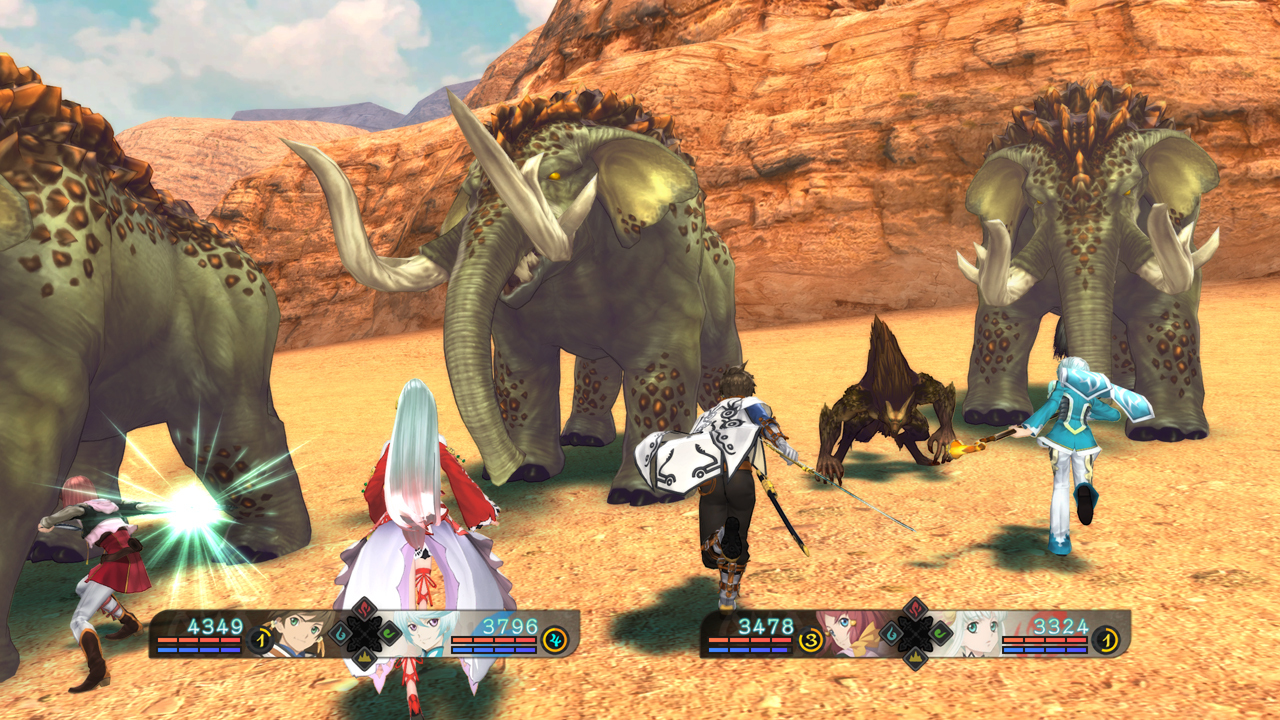
Tales games aren’t connected in terms of story, but they do share a number of elements and themes. The first, and perhaps the most important, is an intense real-time battle system. It’s the perfect example of ‘easy to learn, hard to master’, and if you’ve played a Tales game before it’ll need little introduction.
In Zestiria you’re tasked with controlling your 3D movement and either issuing direct commands to your party or assigning them with real time and pre-set AI behaviour. You can also take control of characters directly when you fancy a change of pointy scenery.
Unique to Zestiria is a more dynamic camera and the ability to ‘Armatise’, transforming into an elemental super-weapon with a new palette of attacks that differ according to the other character you’re linked to. At first, this is just an awesome-looking way to feel invincible and end battles in style. As the game progresses and the enemy resistances stack up, you’ll be forced to Armatise in increasingly specific ways to triumph.
The beauty of this system is that battles are fast paced, addictive and at lower levels can be mostly button-mashed through. By the time you’re butting up against tougher enemies and bosses, you’ll need to have got the hang of the item/skill systems, be fully optimised and busting out the technical combos for huge damage. Zestiria often feels more like a beat-em-up than an RPG, which is a welcome change from some of its needlessly elaborate brethren.
Intergalactic adventures › Kerbal Space Program review
A gigglesome JRPG
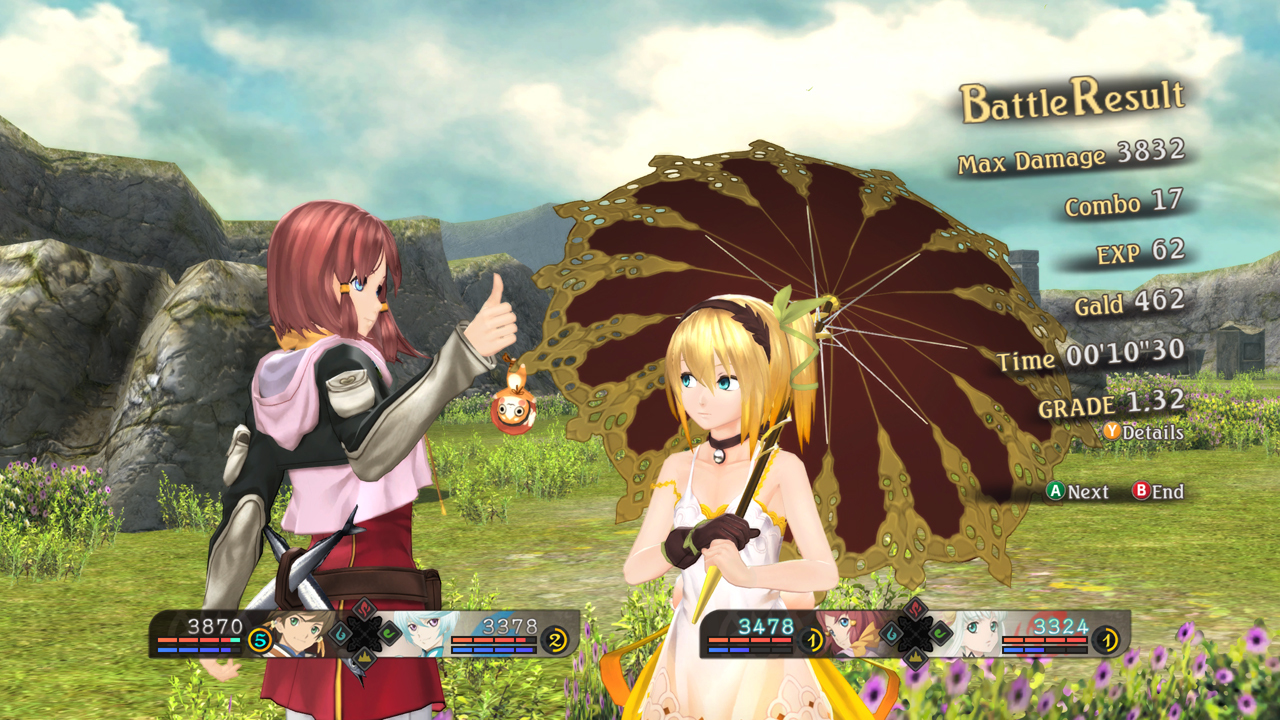
Another defining element of Tales is its humour, and Zestiria is one of the funniest entries yet. This is largely thanks to Lailah, a guardian spirit-type who relentlessly mocks you and is forced to change the subject in ridiculous ways when you ask about her powers. Main protagonist Sorey is a down-to-Earth, goofy young man with huge ambitions, his childhood friend Miklio is more of a stern sort but he doesn’t sulk, he just gets even, and the rest of the cast are even more colourful and enjoyable to have following you around.
This is definitely not a bloody universe with seething protagonists like The Witcher. Instead Zestiria favouring clumsy, lovable characters out to share their optimism and passion with the rest of the world.
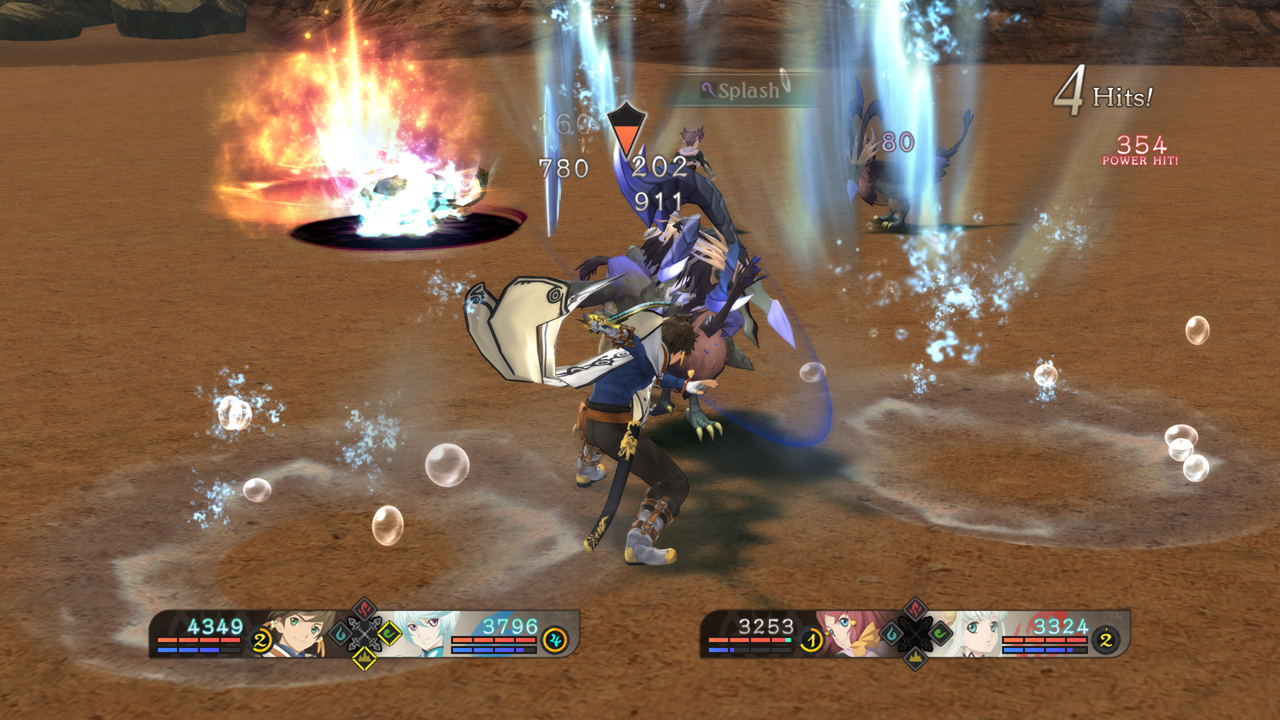
This light-heartedness extends even into the tutorials: one tool-tip explaining elemental damage reads “Just like most of us, the elements are locked in antagonistic relationships” — if only I could use the power of fire on my in-laws. Then there are the skits, optional, comically simplified 2D cutscenes between the characters in your party that often delve into their emotions and back-stories, usually via plenty of jokes at their expense.
It’s a charming and elegant solution to the problem most JRPGs have of developing their characters’ personalities through endless exposition and steely-eyed monologues. In Zestiria they look better than ever and are well written, so it’s up to you.
If you want to have a giggle and learn more about the history of Lowlance or the cultural significance of Seraphim in the Age of Chaos, you can take five, or you can ignore them and plough into the next battle.
Big bad world › The Witcher 3: Wild Hunt
Level up against malevolence
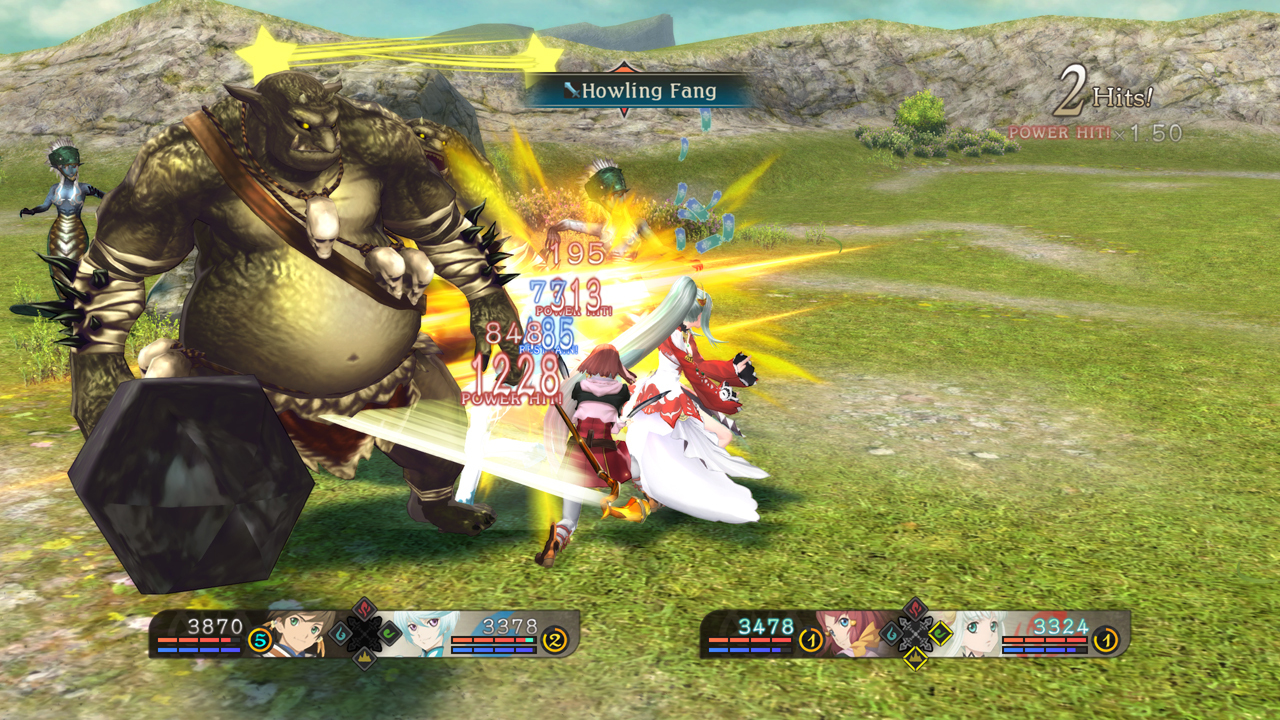
Unlike its forebear Xilia 2, Zestiria is set in a familiar high fantasy world of gorgeous colours, elemental magic and political intrigue. The set up in this instance is centred around a somewhat predictable cataclysm of ‘malevolence’, which that has seeped into human settlements around the world. Much like Strictly Come Dancing on a Saturday night. When all the anger and discontent reaches boiling point in a human, they become possessed, turning into a Hellion generally causing mischief and pain.
The game begins with Sorey and Miklio exploring ruins and finding a tableau prophesying the return of ‘The Shepard’, a hero that will unite the world and drive back the darkness. You know, as per usual. A more dramatic story would do a lot to hook new players more effectively, especially since Zestiria‘s intro sequence sees you hoofing it back and forth across a small city way too many times.
For the most part, this game’s pastoral world is beautifully constructed. You’re never too far away from the next dungeon and its very random smattering of enemies and chests. This is one arduous JRPG trope that we wish that Zestiria had sidestepped, especially when the rest of the game features a breathtaking attention to detail.
Tales of Zestiria verdict
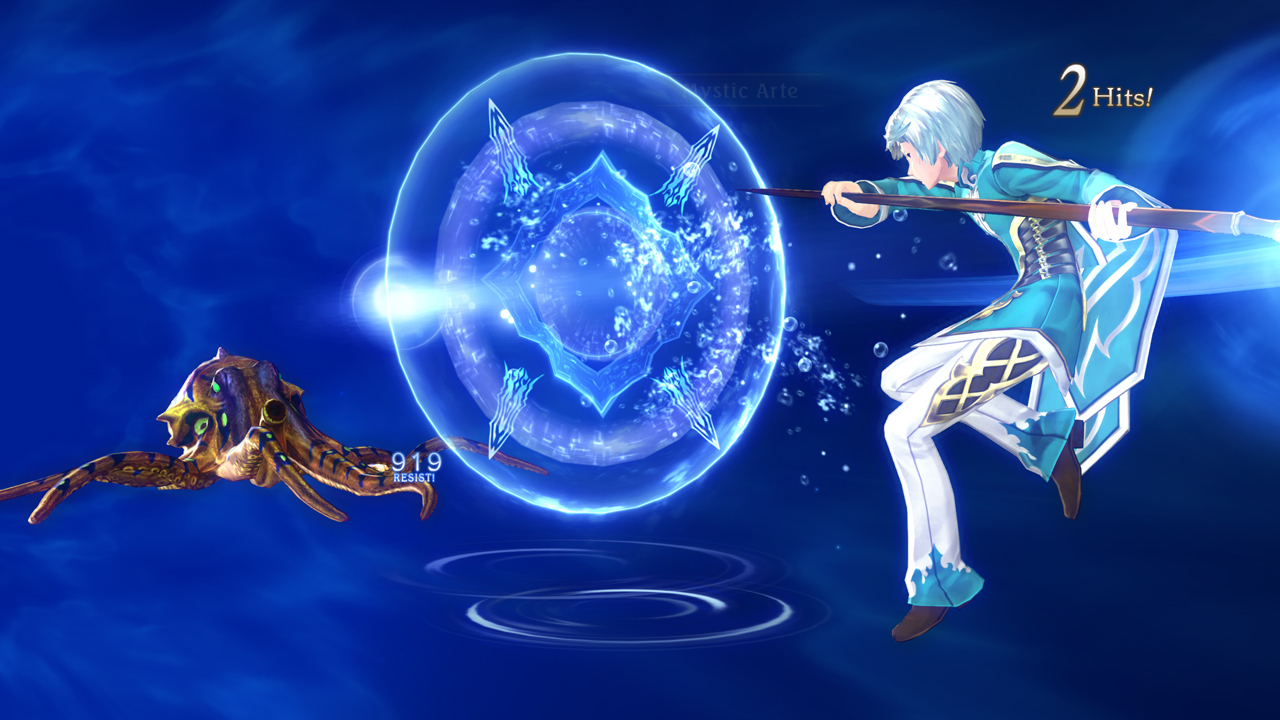
Zestiria is an epic adventure that doesn’t take itself too seriously with an innovative, fast paced battle-system and the ability to put ridiculous accessories on your party. I loved seeing the earnest lady-knight Alisha walking around in cutscenes with devil wings and sunglasses.
In this age of brown open-world fragfests with a million collectibles, it’s refreshing to jump into a cheerful JRPG that will constantly make you smile. Tales of Zestiria is easily a 60+ hour game but the forgiving quick-save system and brilliant battles mean it’s one of the easiest – and best – modern JRPGS to dip, or completely immerse yourself in.
Gaming gods › The top 10 games in the world right now
Stuff Says…
Proof that there’s more to JRPGs than Final Fantasy
Good Stuff
Rapid fire battles
Cheery storyline
Beautiful pastoral world
Bad Stuff
Slow intro
Randomly populated dungeons



